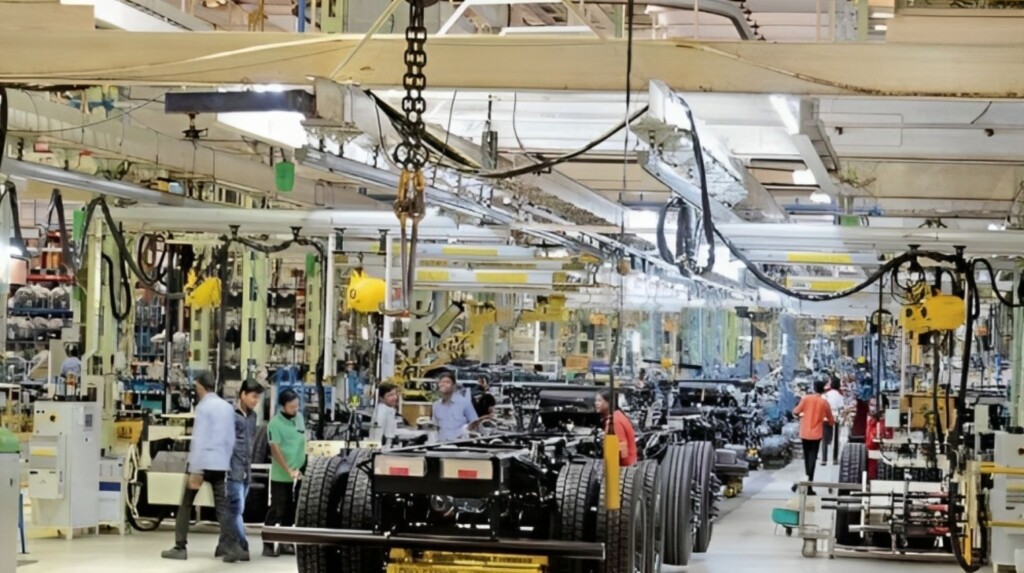New Delhi: Mahindra & Mahindra, a leading domestic automaker, is currently in the process of developing its first-ever range of electric light commercial vehicles (LCVs). This strategic move is aimed at positioning the company in a highly competitive segment that is gradually transitioning from traditional fuels to cleaner alternatives such as compressed natural gas (CNG) and electrification. According to two individuals familiar with the company’s plans, Mahindra intends to launch its initial lineup of electric four-wheeler commercial vehicles in 2025, which will complement its existing electric three-wheeler cargo products. Mahindra has confirmed these plans in response to queries from Mint, stating that they are already a prominent player in the light commercial vehicle category, particularly in the sub-3.5-tonne payload segment. They have a strong presence in the electric three-wheeler market and aim to further solidify their leadership position in the LCV sub-3.5 tonne category by introducing a new range of electric vehicles by 2025-26. This new model will directly compete with Tata Ace EV and Ashok Leyland’s ieV series of electric trucks in the sub-3 tonne segment. Although the market for small and light electric commercial vehicles is still in its early stages, it is rapidly expanding as major fleet operators seek environmentally-friendly technologies for last-mile deliveries. This shift is driven by regulations to phase out polluting commercial vehicles, evolving emissions-related policies, and the pursuit of improved cost efficiencies by fleet operators. As of November, Mahindra held a 47% market share in the light commercial vehicles category, making it the largest player in this segment.
According to data compiled by the Federation of Automobile Dealers’ Association, Tata Motors held a market share of 31.2% in the same month. The Tata Ace EV is an electric version of the popular Tata Ace, which is a small commercial vehicle in the 0-1 tonne category. In contrast, Ashok Leyland’s electric mobility arm, Switch Mobility, is built on a dedicated electric platform for the 2-3.5 tonne segment. In this segment, M&M dominates with a market share of over two-thirds. These vehicles are primarily used for last-mile delivery of goods and operate on specific routes. They are widely used in sectors such as e-commerce, fast-moving consumer goods, and agriculture.
M&M is considering taking advantage of the production-linked incentive (PLI) scheme for automobiles to benefit its LCVs. It already enjoys PLI benefits for its lithium-ion battery-powered electric three-wheeler cargo vehicles.
In the past year, M&M surpassed Tata Motors to become the leader in the light commercial vehicles segment. Ashok Leyland is also striving to capture a significant share of the LCV market and has received orders for over 10,000 units of Switch’s ieV trucks, which are scheduled to be launched in 2024.
On the other hand, Tata Motors was the first OEM to introduce electric trucks in India. When it launched the Tata Ace EV in May 2022, it signed memoranda of understanding with several e-commerce companies to deliver 39,000 units across Pune, Mumbai, Bengaluru, and Delhi.
The Tata Ace EV has also been certified to receive benefits under the government’s Faster Adoption and Manufacturing of Hybrid and Electric Vehicle (FAME II) scheme.
According to Elara Capital, the LCV category in India, which includes vehicles up to 7 tonnes, grew by 27% in FY23 compared to the previous year, reaching a total of 603,465 units. However, this figure is 2% lower than the peak recorded in FY19.
